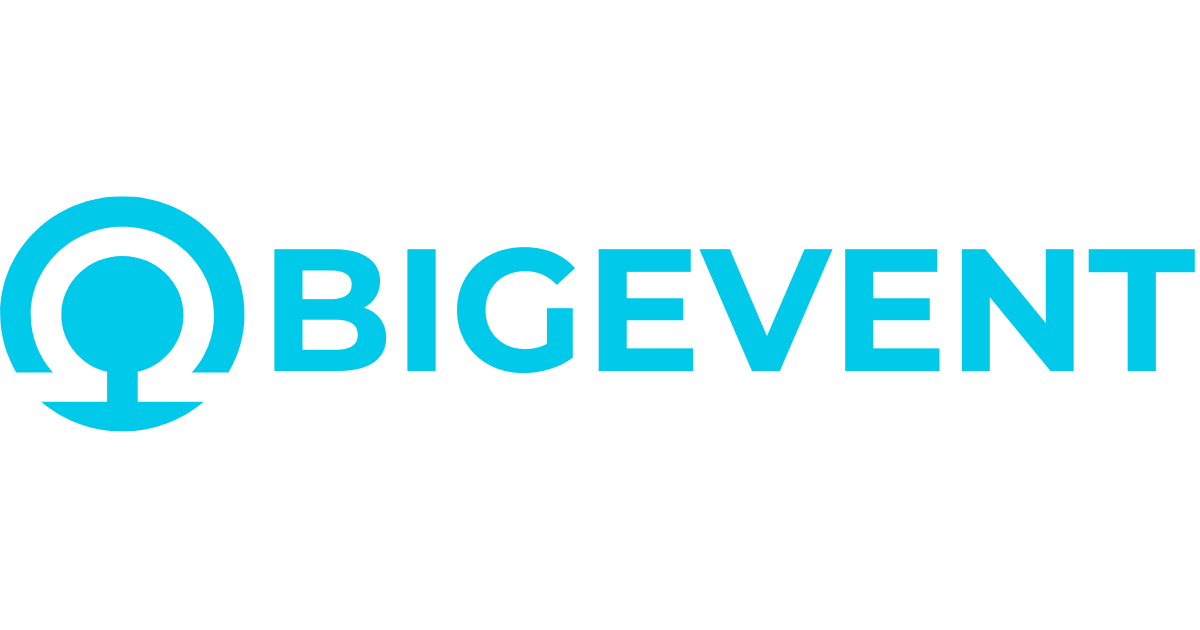The Importance of Educational Leadership in Creating a Modern and Challenging Curriculum in Secondary Education
René Wellen, Supreme College Nederland (The Netherlands)
Abstract
Most experienced educational leaders know that traditional educational systems are broke but when do schools start to realise that student brains are not geared for five, six or even seven classes a day? Besides, if a picture were taken of a classroom in secondary education in 2024 and compared to a picture of a classroom a hundred years ago, it would appear that nothing much has changed. True, students now work on laptops instead of writing with pen and ink and the teacher usually has an interactive whiteboard. However, the organisation of the classroom, the timetable and the curriculum are largely the same as decades ago. The world, on the other hand, has changed completely.
At the same time, the pressure on education is increasing. Student performance for PISA assessments wants improvement, the decline in reading results needs to be addressed, several institutions promote adopting urgent issues in the curriculum such as mental health care, democratic values, healthy lifestyle, emphasizing the importance that the curriculum remains in line with developments in science and society. However, changing a curriculum is usually a complex process, especially in the Netherlands with its nationwide central examinations. This complexity does not only relate to the skills and knowledge that the students need. The contents of the lessons, the learning activities, the handbooks, the length of a lesson, assessments must all be addressed. The manner in which school leaders take action in this process and how they position themselves, has a significant impact on the outcome of the process and the culture that is needed. This presentation narrates the process and educational leadership of a drastic modification of the curriculum in a new Dutch school: Supreme College Nederland. Key factors we found to be essential to bring about change are:
1. Taking bold steps in initiatives to reduce organizational and administrative complexity.
2. Driving educational innovation by empowering leadership at all levels.
3. Promoting and fostering a student-centred culture of curiosity, care, creativity, connectedness.
All are vital steps in overcoming prejudice and suspicion in people from other schools, the local authorities and the community. This presentation is meant to evoke a discussion on the role of leadership in fostering change and innovation. By presenting a concrete example of what educational leadership can bring about in a potentially conservative environment we hope to make a strong contribution to the question what educational leadership is for.
|
Keywords |
Innovation; curriculum; |
 The Future of Education
The Future of Education





























